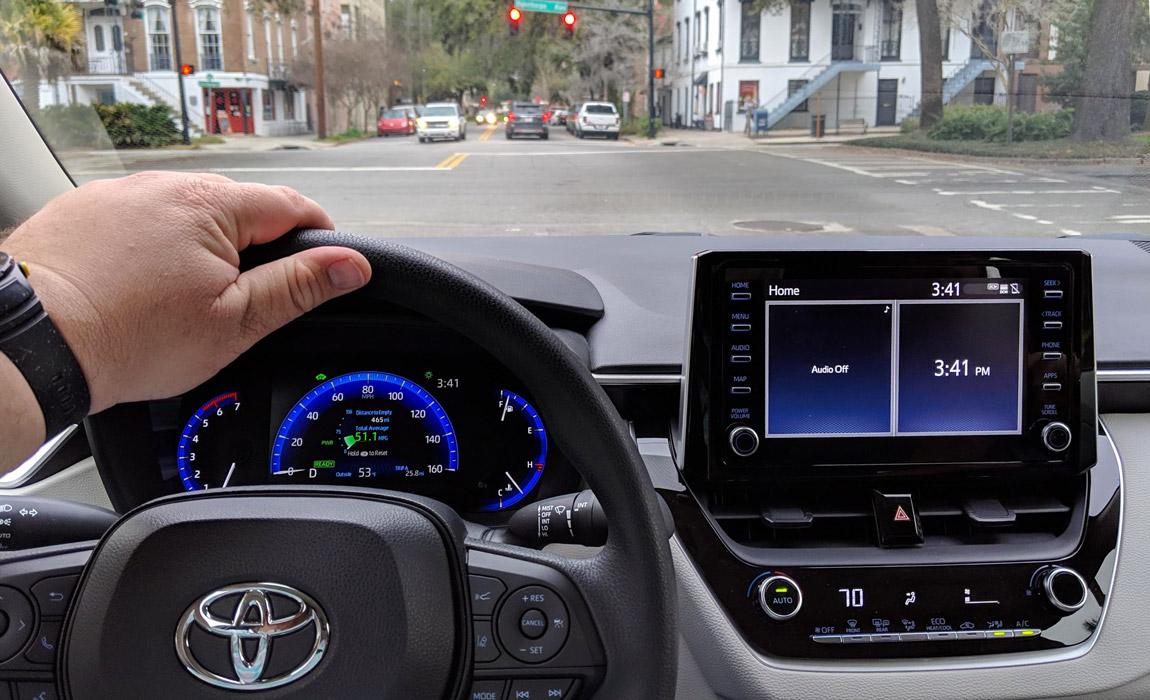Getting your teen prepared to drive is a challenge that is also an exciting right of passage for many families. It's a tough time where you are simultaneously needing to train them on an important skill but also providing them with freedom beyond the boundaries of your home and local community. Quite literally this is an important situation that is a matter of life and death so it's critical that you make the right choices. Here's some advice to help make things easier for both of you.
There is a lot to consider when it comes to nurturing your child to be road ready. It will take some time, but with constant practice, you can guide your teenager to becoming a more mature motorist. For sure, you will need to be right beside your child if you’re teaching them about basic driving techniques. You will have to look for an open space such as an empty parking lot where your teen can practice without the risk of causing property damage.
At least, with enough space, you can show your child basic maneuvers, etiquette, and the skills needed to become a responsible driver. Let’s start with the essentials:
Make Sure that Your Equipment Is Ready
When it was time for me to learn to drive, my parents bought a new car with me and my sister in mind. It wasn't "my car" but they wanted to make sure that the car was something ready for a new driver. That meant it had to be a good brand that was affordable, had the right safety features, and was comfortable to drive. 25 years ago that was a Toyota Camry and today, my pick would be the Toyota Corolla that I test drove a few months ago. Toyota might not be known for "sexy" designs but it's a good car that just like my Camry back then is perfect for new drivers.
In addition to simply making sure you have a car that is ready for a novice driver, it's time to check the components too. For a new driver, it is unlikely that they are going to be learning on a brand new car. However, there are components such as tires, battery, windshield wipers, and brakes that should be checked and replaced if needed. While a worn or stained seat isn't going to impact performance, worn tires can cause loss of control or worse. Even for experienced drivers, you need to make sure that these components are properly maintained for full safety. For instance, after replacing the tires on my daily driver with Michelin Premier A/S tires that the company provided me, I noticed that stopping distance as well as traction in corners was significantly improved.
Don't do these checks in private though ... make sure to involve your teen driver in the process. Not only will this help him better understand how to take care of the vehicle but it's likely that this will also educate him on how to take better care of the car once on the road.

Get a feel Behind the Wheel
The next step to learning how to drive is to get your teen to sit in the driver’s seat. At this point, you might want to teach them about the most comfortable position for the arms and legs. You may also need to talk about proper posturing for the back.
Learn about Changing Gears
You won’t have a problem teaching your teen to drive an automatic, which is why it’s more preferable for beginners. On the other hand, teaching how to drive a manual car can be as much of a challenge for you as it is for your teen, but the advantage of this is the adaptability it entails. If you know how to drive a stick shift, you would know how to operate any type of vehicle. So, you may want to demonstrate how to start a manual and basic techniques such as changing gears. Before all that, however, you might want to start with teaching about clutch control.
Talk About Safety Maneuvers
When it comes to teaching your teen driving safety, you may need to talk about the concept of defensive driving. This consists of ideal distancing using the 3 to 4-second rule, following the speed limit, staying in one lane, and being aware of your surroundings. For this, you might want to go out for a quick drive around the neighborhood in which your teen can see these principles applied in real-world driving.
Demonstrate Basic Emergency Tips
Other than having the right skills on the road, your teen also has to learn how to fix common issues and problems, from changing a flat tire to driving with a broken brake pedal. Anything can happen to the vehicle, so it’s important to equip your teen with tips to deal with such problems alone, especially during an out-of-town trip. Other than these techniques and quick fixes, you may also want to teach your teen how to deal with on-road accidents, whether it involves bumping into another vehicle in the dark, hitting an animal, or getting rear-ended.
Basic Auto Care
If you’re planning to purchase a car for your teen, you will need to discuss proper maintenance. Any vehicle can deteriorate over time and, with a little care, performance-related issues may come up requiring expensive repairs. In this sense, you will have to give your teen a maintenance checklist. This should include checking the oil level and tire pressure. Your teen should also learn how to pour radiator coolant and replace spark plugs once the car has covered at least 300,000 miles.

Don't Forget to Talk About What To Do When Things Go Wrong
Now that you have touched on all the fun parts about owning and driving a car, you can now talk about the more boring stuff like securing the documents you need. If anything, this is also essential if your teen wants to buy a new car in the future or gets flagged down by a state trooper who will request their license and registration. Your teen will be road ready after you have covered this part!
Making your teen road ready before taking a driver’s test is always important. After all, aside from acquiring the right skills, your teen also has to develop the right amount of discipline to be a responsible driver.
